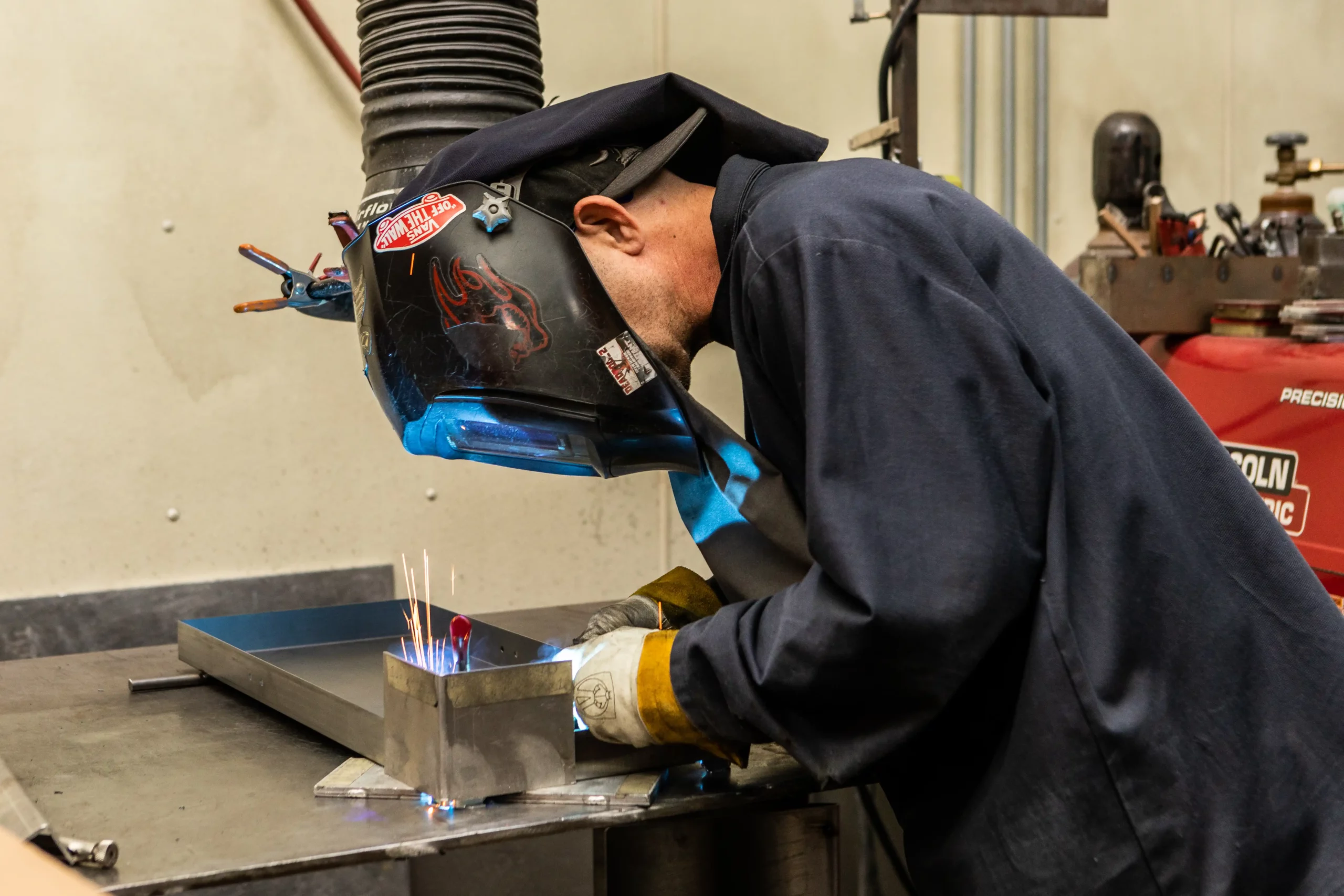Optimizing Your Welding WPS: Strategies for Improved Efficiency and Performance
Achieving Welding Quality: Revealing the Secrets of WPS Execution and Optimization
In the world of welding, accomplishing excellence is a search that rests on the thorough application and optimization of Welding Procedure Specs (WPS) These foundational records function as the foundation of welding operations, determining the specifications and procedures needed for creating top quality welds consistently. Nevertheless, the tricks to opening the full possibility of WPS lie not only in recognizing its value but likewise in mastering the complexities of its execution and optimization. By delving into the vital aspects, approaches, challenges, and finest techniques associated with WPS, a world of welding quality awaits those who agree to discover its depths.
Significance of WPS in Welding
The Significance of Welding Treatment Requirements (WPS) in the welding industry can not be overstated, functioning as the backbone for guaranteeing uniformity, high quality, and safety and security in welding procedures. A WPS provides detailed instructions on how welding is to be carried out, consisting of essential variables such as materials, welding procedures, joint layout, filler steels, interpass and preheat temperatures, welding currents, voltages, traveling speeds, and more. By adhering to a distinct WPS, welders can keep harmony in their job, causing regular weld quality across various tasks.

Crucial Element of WPS
Reviewing the indispensable components of a welding procedure specification (WPS) is important for comprehending its function in welding operations. One important aspect of a WPS is the welding process spec, which describes the certain welding processes to be utilized, such as gas tungsten arc welding (GTAW) or protected metal arc welding (SMAW) By including these key elements into the WPS, welding treatments can be standard, making sure high quality, effectiveness, and security in welding procedures.
Methods for WPS Optimization

Second of all, training and qualification of welding personnel according to the particular needs of the WPS is critical. Giving comprehensive training programs and guaranteeing that welders are licensed to perform treatments outlined in the WPS can lead to higher high quality welds and lowered rework.
In addition, leveraging technology such as welding software application and tracking systems can assist in maximizing WPS. These tools can assist in tracking variables, guaranteeing specifications are within defined limitations, and offering real-time responses to welders, allowing them to make prompt adjustments for improved weld quality.
Common Obstacles and Solutions
Facing barriers in applying the methods for WPS optimization can impede welding operations' effectiveness and high quality. One typical challenge is poor training or understanding of the welding treatment specs (WPS) among the welding group.
An additional difficulty is the lack of correct documents dig this and record-keeping, which is vital for WPS optimization. Without clear records of welding criteria, products made use of, and examination outcomes, it becomes tough to recognize areas for improvement and make certain uniformity in welding processes. Implementing a durable documents system, such as electronic welding management software program, can assist streamline record-keeping and promote data analysis for continuous renovation.
Additionally, irregular welding tools calibration and maintenance can present a considerable challenge to WPS optimization. Regular equipment checks, calibration, and maintenance routines should be complied with strictly to make certain that welding criteria are accurately regulated and preserved within the defined tolerances (welding WPS). By addressing these typical obstacles with positive remedies, welding operations can improve efficiency, top quality, and general welding quality
Ideal Practices for WPS Implementation
To make sure successful WPS application in welding procedures, adherence to industry requirements and thorough attention to information are extremely important. When initiating WPS application, it is crucial to start by extensively understanding the particular welding demands of the task. This entails an extensive testimonial of the welding treatment requirements, materials to be welded, and the ecological problems in which the welding will certainly happen.
As soon as the needs are clear, the next action is to select the proper welding treatment that straightens with these requirements. This involves speaking with the appropriate codes and requirements, such as those given by the American Welding Society (AWS) or the International Organization for Standardization (ISO), to make sure conformity and top quality.
In addition, recording the whole WPS execution procedure is essential for traceability and high quality control. In-depth documents need to be maintained pertaining to welding criteria, product prep work, interpass and preheat temperatures, welding consumables used, and any deviations from the original treatment. Normal audits and testimonials of the WPS can aid determine areas for renovation and make certain recurring optimization of the welding procedure.


Conclusion
To conclude, the execution and optimization of Welding Procedure Requirements (WPS) is vital for achieving welding quality. By understanding the crucial elements of WPS, applying reliable strategies for optimization, dealing with usual difficulties, and adhering to best practices, welders can make certain high-grade welds and secure working conditions. It is essential for experts in the welding industry to prioritize the correct implementation of WPS to improve total welding performance and attain wanted outcomes.
The Significance of Welding Treatment Specifications (WPS) in the welding market can not be overemphasized, offering as the foundation for ensuring consistency, quality, and safety in welding operations. A WPS provides in-depth click to investigate guidelines on how welding is to be carried out, including necessary variables such as products, welding processes, joint style, filler steels, preheat read what he said and interpass temperatures, welding currents, voltages, travel rates, and extra. One crucial aspect of a WPS is the welding procedure requirements, which lays out the details welding procedures to be used, such as gas tungsten arc welding (GTAW) or shielded steel arc welding (SMAW) By including these essential elements right into the WPS, welding treatments can be standard, making certain quality, efficiency, and safety in welding operations.
It is critical for professionals in the welding industry to prioritize the proper implementation of WPS to enhance overall welding performance and achieve wanted outcomes.